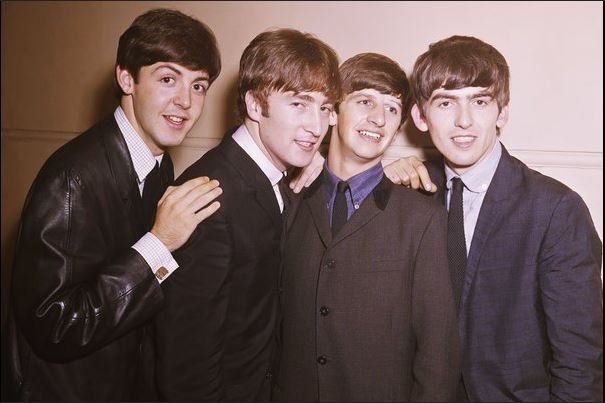
Rock music has evolved dramatically over the decades, branching out into numerous subgenres and styles. The distinction between classic rock and modern rock highlights the shifts in sound, culture, and technology that have shaped the genre. Here’s a comparative exploration of classic rock vs modern rock, examining their characteristics and influence.

Defining Classic Rock
Firstly, classic rock generally refers to rock music from the mid-1960s to the late 1980s. This era saw the rise of legendary bands like The Beatles, Led Zeppelin, The Rolling Stones, and Queen. Classic rock is characterized by its guitar-driven sound, melodic structures, and often complex compositions. These bands pioneered the use of studio technology, experimenting with multi-track recording and innovative production techniques.
The Cultural Impact of Classic Rock
Moreover, classic rock had a profound cultural impact. It was the soundtrack to significant social and political movements, including the counterculture of the 1960s and the rise of youth rebellion. Songs like Bob Dylan’s “Blowin’ in the Wind” and The Who’s “My Generation” became anthems of change. The festivals of the era, such as Woodstock, exemplified the communal spirit and cultural significance of classic rock.
The Sound of Modern Rock
Additionally, modern rock encompasses a wide range of styles and subgenres that have emerged since the 1990s. This includes alternative rock, grunge, indie rock, and post-punk revival. Bands like Nirvana, Radiohead, The Strokes, and Foo Fighters have defined modern rock with their diverse sounds and innovative approaches. Modern rock often features a mix of traditional rock instruments and electronic elements, reflecting advances in music technology.
Themes and Lyrics: Classic vs. Modern
Furthermore, the themes and lyrics in classic rock and modern rock often differ. Classic rock frequently explores themes of love, freedom, and rebellion, with a focus on storytelling and poetic lyrics. Modern rock, on the other hand, often delves into more introspective and existential themes. Issues like mental health, identity, and societal pressures are common in the lyrics of modern rock bands.
Technological Advancements in Modern Rock
Moreover, technological advancements have significantly influenced modern rock. The digital revolution has transformed how music is produced, distributed, and consumed. Modern rock bands often utilize digital recording, synthesizers, and software to create their music. The rise of streaming services and social media has also changed how artists reach their audiences, making music more accessible but also more competitive.
Live Performances and Audience Engagement
Additionally, the live performance aspect of rock music has evolved. Classic rock concerts were characterized by elaborate stage setups, light shows, and a communal atmosphere. Iconic performances, such as Pink Floyd’s “The Wall” and Queen’s Live Aid show, are legendary. Modern rock concerts, while still maintaining high energy, often incorporate multimedia elements, interactive visuals, and digital effects to enhance the audience experience.
Influence and Legacy
Furthermore, both classic rock and modern rock have had a lasting influence on the music industry and popular culture. Classic rock’s legacy is evident in its enduring popularity and the continued reverence for its artists. Modern rock, meanwhile, continues to push boundaries and inspire new generations of musicians. The interplay between these eras is often seen in modern bands drawing inspiration from classic rock, blending traditional sounds with contemporary innovation.
Conclusion
In conclusion, the comparison between classic rock and modern rock highlights the dynamic nature of the genre. Classic rock laid the foundation with its groundbreaking sounds and cultural impact, while modern rock continues to evolve, reflecting technological advancements and changing societal themes. Both eras of rock music, with their distinct characteristics and contributions, enrich the musical landscape, ensuring that rock’s legacy endures.






